When we talk about life-saving innovations in modern medicine, we often picture advanced surgical techniques, miracle drugs, or robotic procedures. But behind many of these breakthroughs lies something much smaller and more discreet batteries. And thanks to the brilliant mind of Esther Sans Takeuchi, the world of medical devices took a giant leap forward.
Her revolutionary work in battery technology transformed the way we treat heart conditions. Specifically, her innovation powers implantable defibrillators, devices that help keep a patient’s heart beating when it skips a beat sometimes literally saving lives in the blink of an eye.
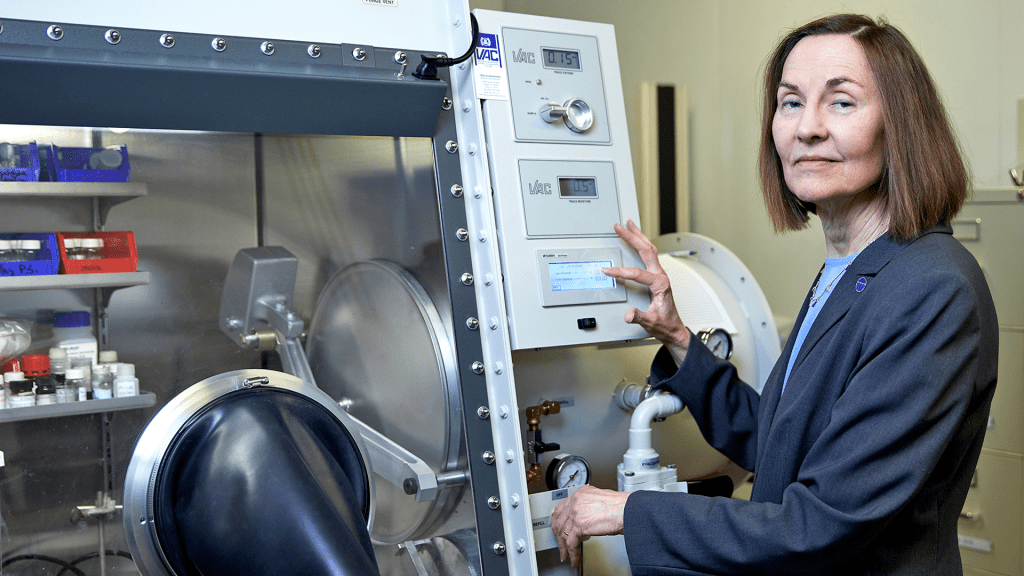
The Heartbeat of Innovation
Esther Sans Takeuchi’s name might not be as widely known as some tech or medical icons, but her impact is felt by millions. With over 150 patents to her name, she’s one of the most prolific inventors in the United States. But her most impactful creation came in the form of a battery a compact, highly durable power source specifically designed for implantable cardioverter-defibrillators (ICDs).
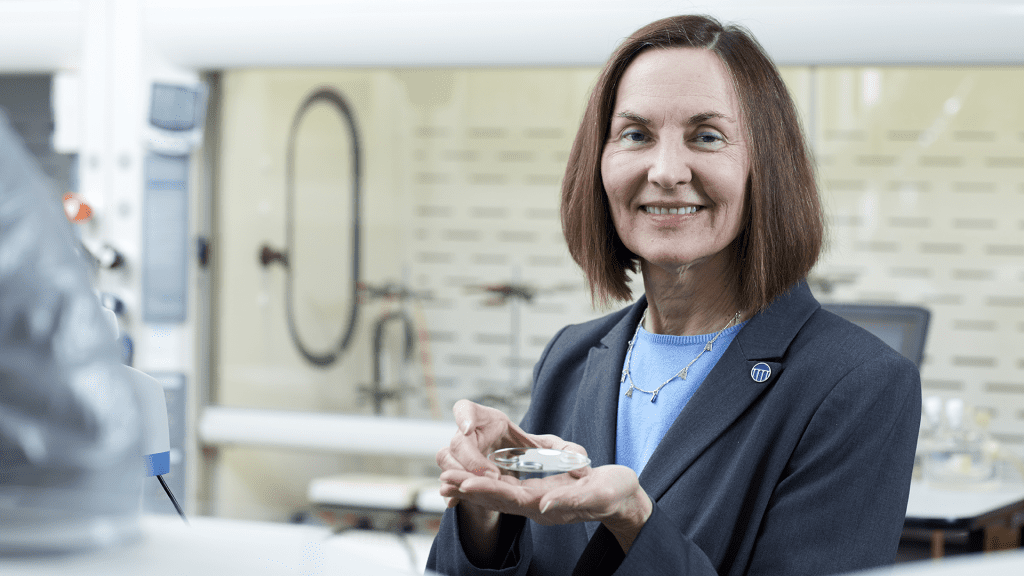
Before her innovation, patients with ICDs had to undergo battery replacement surgeries every 12 to 18 months. That meant more time in hospitals, greater risk of complications, and higher medical costs. But with Takeuchi’s lithium/silver vanadium oxide battery, the lifespan of these devices jumped dramatically lasting up to five years or more.
For someone with a heart condition, that’s not just convenience it’s a second chance at life.
Video:
Building life-saving batteries – Prized Science
Designing for the Human Body
Creating a battery that could function safely inside the human body wasn’t an easy feat. It had to be tiny, incredibly reliable, and capable of functioning in a very specific way over many years. Unlike everyday batteries that deliver power in bursts, the battery for an ICD must deliver a sudden jolt of energy when needed while also maintaining a consistent, low-level charge for monitoring the heart 24/7.
Takeuchi’s battery delivered just that.
Her innovation balanced power and longevity, two traits that rarely go hand-in-hand in battery science. She achieved it by working across disciplines blending chemistry, engineering, and medicine into one elegant solution.
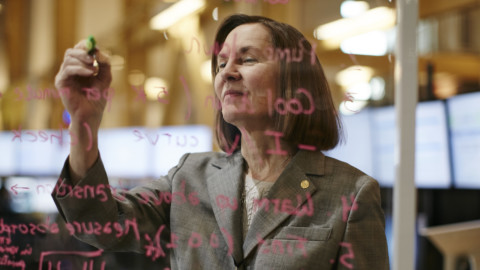
A Quiet Hero in a High-Tech Field
Esther Sans Takeuchi doesn’t fit the flashy mold of the modern tech celebrity. Soft-spoken and humble, she pursued innovation not for fame, but for function. Her focus was always on helping people, and that’s exactly what she’s done.
Today, her battery design has helped millions of heart patients live longer, healthier lives with fewer disruptions and less surgical risk. And her work paved the way for further research into battery-powered medical implants, from neurostimulators to insulin pumps.
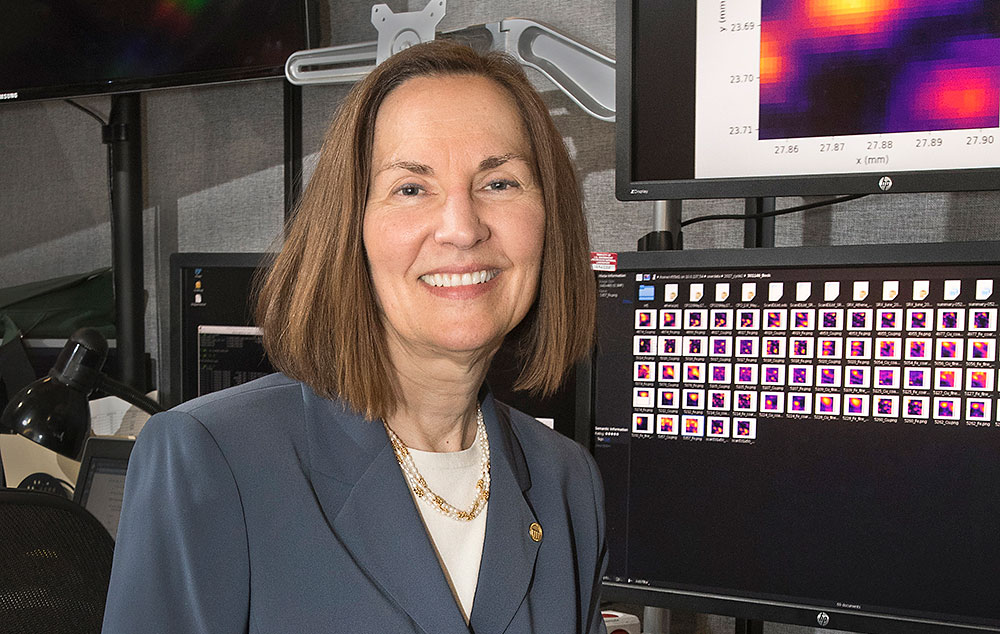
From the Lab to the Lives She’s Saved
One of the most remarkable things about Takeuchi’s work is that it quietly continues to save lives every single day. Each time an ICD detects a dangerous heart rhythm and delivers a shock in time, it’s her innovation at work. Each patient who avoids a second or third surgery because of her battery’s lifespan owes a small but powerful debt to her brilliance.
Her contributions go beyond the lab they’re felt in hospitals, homes, and families around the globe.
Video:
What is an Implantable Cardioverter-Defibrillator (ICD) | What to Expect
Inspiring the Next Generation of Innovators
Esther Sans Takeuchi’s journey is also a shining example for women in STEM (Science, Technology, Engineering, and Mathematics). In a field historically dominated by men, she carved a place for herself not just as a contributor, but as a trailblazer. Her work continues to inspire young scientists, especially women, to push boundaries and follow their curiosity.
She shows us that science isn’t just about solving problems it’s about changing lives, one spark at a time.
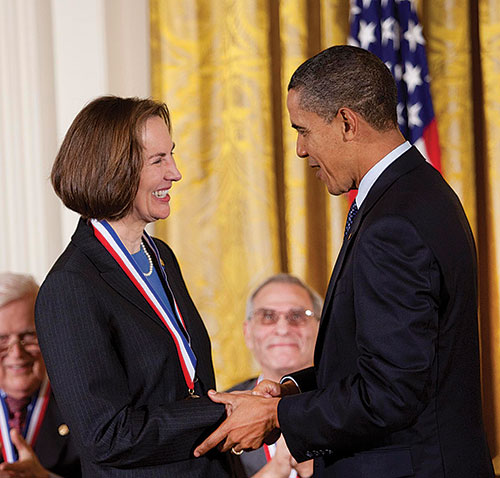
The Legacy of a Lifesaver
Esther Sans Takeuchi didn’t invent a gadget. She gave people more time with their families. She gave peace of mind to heart patients. She gave doctors a more reliable tool. She gave hope.
In a world where big breakthroughs often come in tiny packages, hers may be one of the most powerful ever created.


